Family: Pyralidae. Subfamily: Pyralinae
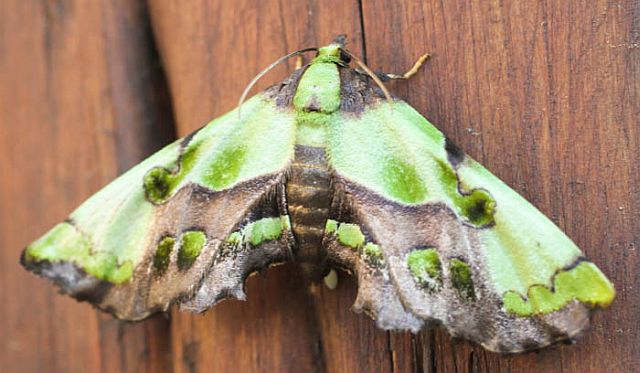 © Super Mongoose
© Super Mongoose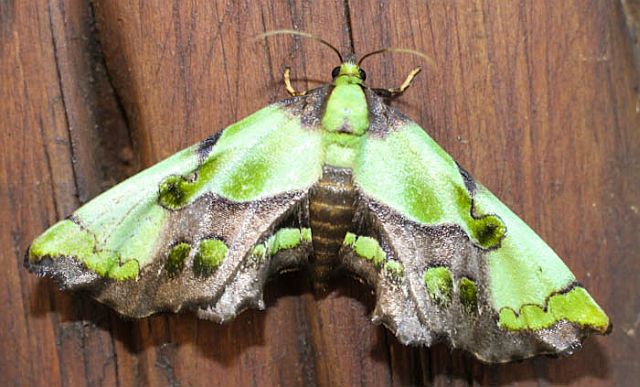 © Super Mongoose
© Super MongooseMarakele National Park, Bontle campsite's bathroom
Description
A robust species, dark brown with broad bright green markings; hindwing with short tail. Forewing 18-27 mm.
Distribution
Widespread in Africa. Cameroon, DRCongo, Mozambique, South Africa, Zambia, Zimbabwe.
Links: African Moths



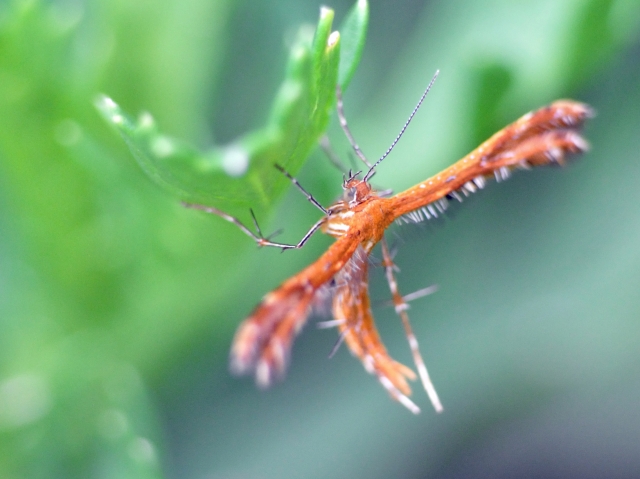 © BluTuna
© BluTuna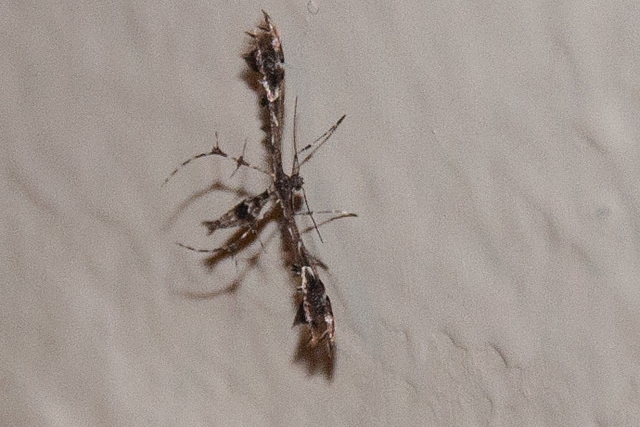 © steamtrainfan
© steamtrainfan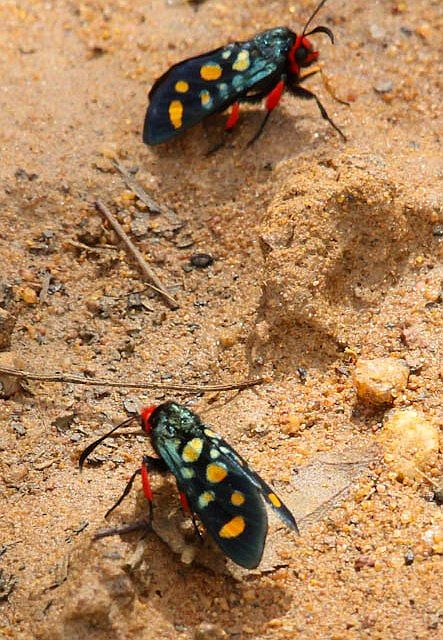 © Super Mongoose
© Super Mongoose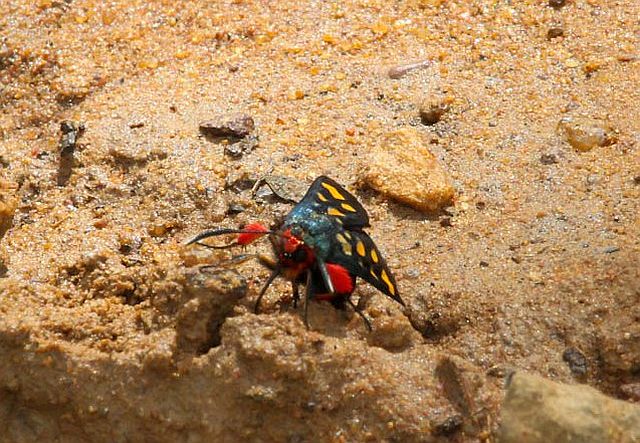 © Super Mongoose
© Super Mongoose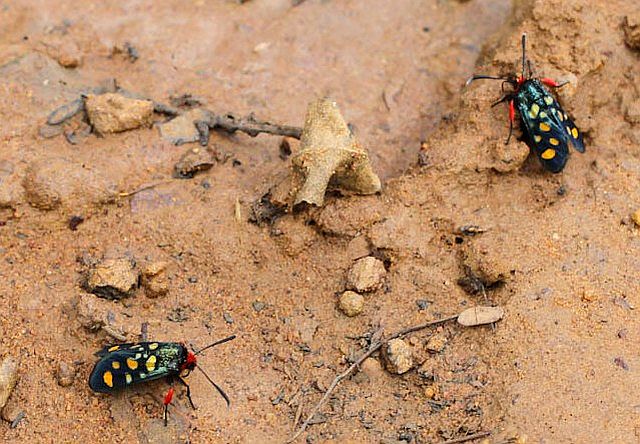 © Super Mongoose
© Super Mongoose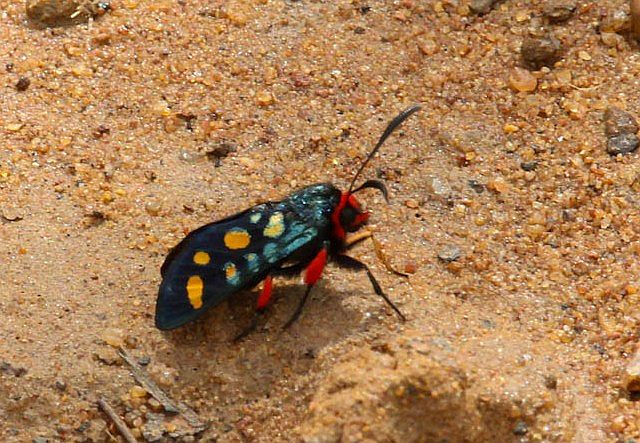 © Super Mongoose
© Super Mongoose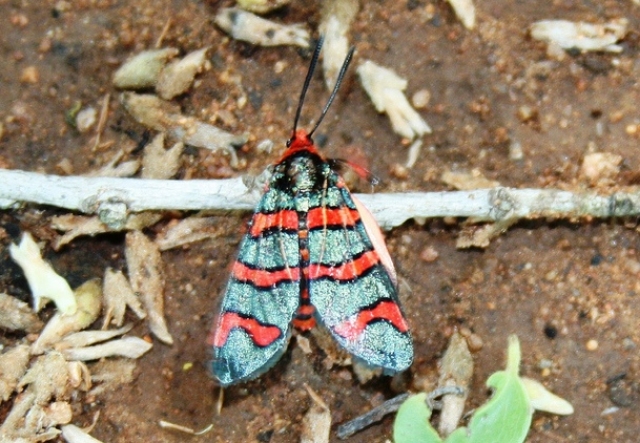 © Moggiedog
© Moggiedog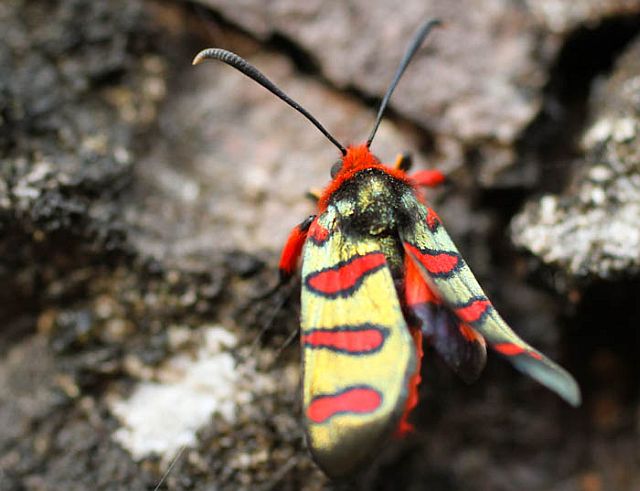 © Super Mongoose
© Super Mongoose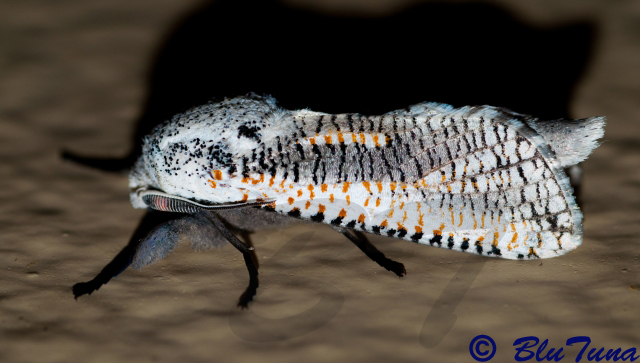 © BluTuna
© BluTuna